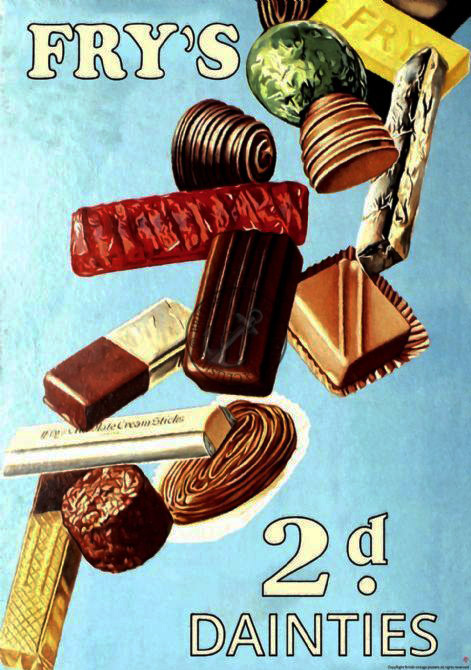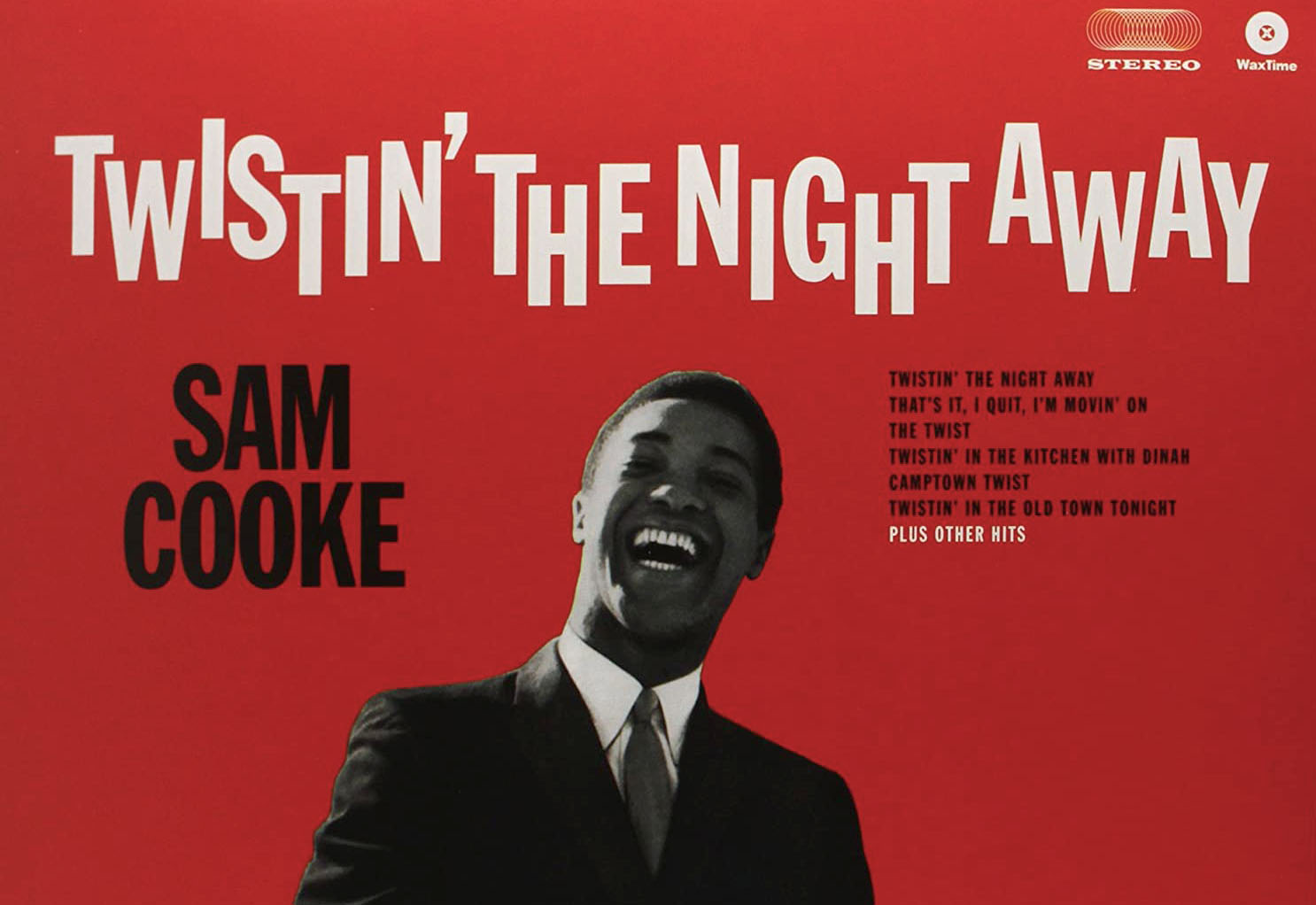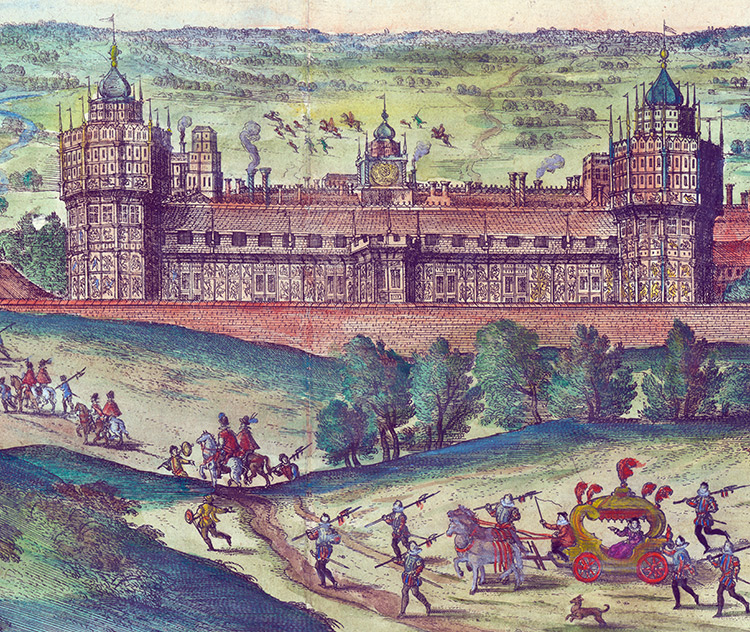We’ve been consuming chocolate for over 4,000 years. But did you know that the Nazis once plotted to assassinate Winston Churchill using an exploding bar of chocolate? Or that white chocolate was invented by Doctors in Switzerland?

Chocolate in Mesoamerica
The Ancient Mayans believed chocolate was a gift from the gods. They would grind and mix cacao beans with water and chilli to create a bitter, spicy drink. During the Aztec Empire, which flourished from the 14th century, ‘xocolātl’ or ‘chocolātl’ was given to warriors to drink after battle. Cacao beans were used as currency, and drinking chocolate was incorporated into Aztec rituals, including (eek!) human sacrifice.
Spanish conquistadors bring chocolate to Europe
Hernán Cortés is credited with bringing chocolate to Europe after coming across it during his expeditions in Mesoamerica in the early 16th century. After establishing Spanish colonies, he took the chocolate drink home with him where it became a hit with the Spanish court. It soon spread amongst European aristocrats who started sweetening it with sugar or honey. This led to the eventual popularity of chocolate throughout Europe.
Quakers and hot chocolate
In 1828, Dutchman Coenraad van Houten invented a special press that separated the fat from the cacao bean, creating a fine powder that could be mass-produced. People started adding milk instead of water and calling this powder ‘cocoa’. By the 1830s, hot chocolate had become the preferred drink of Quakers who promoted it as an alternative to alcohol. John Cadbury, who started the Cadbury company in 1824 in Birmingham, England, came from a Quaker family.

The first chocolate bar
British chocolate company J.S. Fry & Sons created the first solid chocolate bar in 1847. In 1861, Richard Cadbury (son of John Cadbury) introduced the first box of chocolates for Valentine’s Day, revolutionising the way chocolates were presented as gifts for special occasions. Decorating eggs at Easter had been a popular Christian tradition for centuries, but in 1873 J.S. Fry created the first ever chocolate Easter egg. In 1875, Swiss chocolatier Daniel Peter added powdered milk to the mix, creating the world’s first milk chocolate bar.
The accidental invention of white chocolate
In Switzerland during the 1930s, Doctors were looking for a way to give sick children in hospitals a vitamin-enriched milk. They worked with Nestlé who added cocoa butter to their formula called ‘Nestrovit’- resulting in the accidental invention of white chocolate.
Kit Kats and World War 2
During World War 2, confectionery giant Rowntree’s stopped producing their popular Kit Kat chocolate bars to focus on manufacturing munitions. Factory workers missed Kit Kats so much they resorted to making their own using Ryvita and dark chocolate.
Today, the biggest chocolate producing company in the world is Mars, and their most popular chocolate bar is the Snickers which was introduced in 1930. The Kit Kat remains to be the second most popular chocolate bar in the world!





Leave a Reply